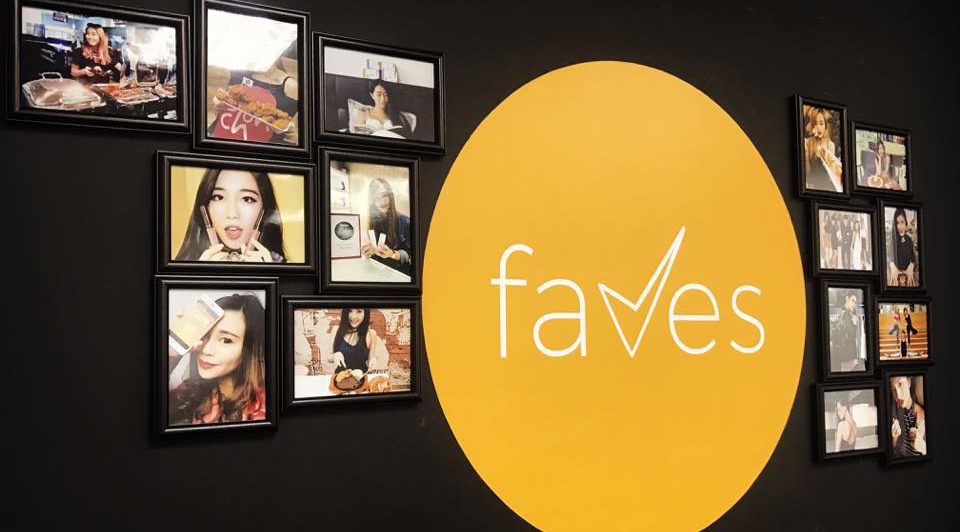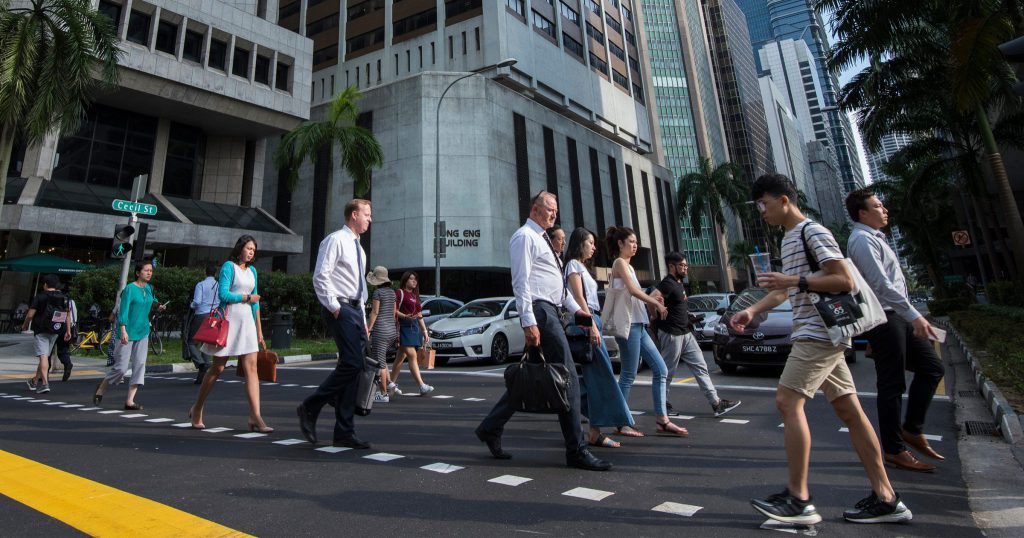At first glance, the Faves platform looks deceptively simple.
As a normal user, you go on, and you can choose to vote for your favourite between two photos shown to you.
These “favourites” can be found in a number of categories ranging from selfies to food and fashion.
If you think it looks familiar, it might be because you saw something similar on The Social Network, the unofficial movie of how Facebook came to be.
Mark Zuckerberg developed Facemash (a precursor to Facebook) with a “hot or not” concept.
He posted photos of students from Harvard for the university’s community to rate.
Back to Faves, after you vote, that’s basically it.
You can keep on voting (and looking at the featured photos), but that’s all for the average user.

However, for any “Personality” on the platform, Faves can work as an avenue for exposure and as a connection to opportunities, in the form of weekly prizes and sponsorships.
The parallel comparisons concept showcased by Faves was inspired by that early iteration of Facebook.
Sky Lim, the founder of Faves loved the concept, and decided to create a business model around it.
He pumped in a 5-figure capital and his savings to start it up, most of which had come from Sky’s first startup and another company he ran.
Founded in Singapore, Faves expanded to Kuala Lumpur mid this year.
But that platform is not all there is to Faves.
Faves truly works on influencer marketing, a term used to describe “marketing that focuses on using an individual’s influence to amplify your brand’s message“.
In other words, rather than target a whole group of potential customers, influencers—who ideally already have a relationship and the trust of their audience—are engaged to tell the brand’s story.
Influencer marketing is actually a variant of celebrity marketing, which many would be more familiar with. Think Nicole Kidman and Chanel No. 5, or even David Beckham’s unforgettable H&M underwear endorsement.
In terms of influencer marketing, some celebrities are influencers. They are able to connect and engage with their audience to encourage certain behaviours or opinions.
However, in simple terms, if someone says, “Buy this” and their audience agrees, that person is an influencer.
We asked Sky for his take on the influencer market locally, and how did it measure up to traditional marketing.
He said, “From a consumer standpoint, when was the last time you took notice of a product or service or place’s ad?”
“YouTube? We always skip them. TV? We always walk into our rooms during commercial breaks. Facebook? We always scroll past them.”
The perceived “genuineness” of an influencer is key for brands to push products or marketing messages.
After all, we tend to trust the recommendations of our friends and families. The influencers leverage off this same feeling.
Like traditional advertising, influencer marketing does have its limits, particularly as the market gets more saturated.
“As there’re many influencers promoting many products on social media these days, advertisement blindness might build up and we need to be creative to plan for postings that stands out and capture consumers’ attention on the social media,” said Sky.
He explained that there are two types of influencer companies around: one that manages bigger and more established influencers, the second that works with micro-influencers.
“For the established influencers, there’s already two well known companies around, namely Gushcloud and Nuffnang, that have dominated the industry regionally,” said Sky.
“For the micro-influencers, there’re quite a few companies in this space, but when you ask the brands or the public around, most of them can’t name any that they know of.”
“Established influencers have reached its peak, while the micro-influencer industry is still at its growth stage. Hence we see the opportunity for Faves to have its foothold in the micro-influencers industry.
– Sky Lim
However, influencer marketing has had it fair share of strong detractors.
Influencer marketing is something that relies heavily on appealing to emotions, desires and wants.
The level of connection that influencers are supposed to be able to reach does make things hit a little closer to home.
Because of this, some feel even very strongly against influencer marketing, calling it fake endorsement. Many followers stop trusting an influencer if they carry advertising that doesn’t feel “genuine” anymore.
For example, Influencer A has always written about good food and where to find it. If Influencer A gets paid by a restaurant to write a review, does that mean his credibility is now questionable, because he has taken payment for his “opinion”?
Other reasons cited against it include an unmeasurable return of investment from the marketer’s side.
It’s an industry that attracts strong support or intense negativity, and Faves has tasted a bit of both.
Earlier this year, Faves ran into controversy of their own when they posted what they called a humorous video of how their social media influencers work.
Unfortunately, netizens did not see it the same way, objecting to what they saw as a materialistic misrepresentation of influencers.
Others thought that it highlighted the shallowness of the entire industry in general.
We asked Sky for his thoughts, and he replied, “Responses from the public weren’t what we expected, and hence we took down the video. If we could do it all over again, we would change the flow of the video, especially the sports car scene.”
“Many media enquiries came in and we’ve some influencers that dropped out of the community, but it’s good that we’ve recovered fast and now we’re back on track now to achieve greater things.”
Faves is looking to expand not just to Malaysia but to the region beyond.
They currently have a pool of 300 micro-influencers which they say have a combined 3 million reach in both Singapore and Malaysia.

Their end aim is to build the largest community of micro-influencers across Asia.
“We’re currently expanding in Kuala Lumpur for second half of the year, and next year we’ll be looking at Manila and Indonesia.”
“Like most of the other startups, we’ll be looking at growing it till acquisition by one of the giants in 5–10 years time,” said Sky.
Faves was actually formerly known as Faves Asia, which is an odd change of name.
For one, it now shares an almost similar name with Fave (formerly Groupon). Secondly, it’s harder to find on Google (Faves is the third last entry on the first page, as opposed to getting all the top hits for Faves Asia, albeit much of it is coverage on their video issue).
However, Sky is clear on the name change and its goals.
“Most of the successful startups around keep their brand names simple, like Grab, Uber, Airbnb. There’s no Grab Asia or Uber Asia. So we’ve decided to follow that branding guideline and keep our brand name simple and sticky.”
Feature Image Credit: Faves











